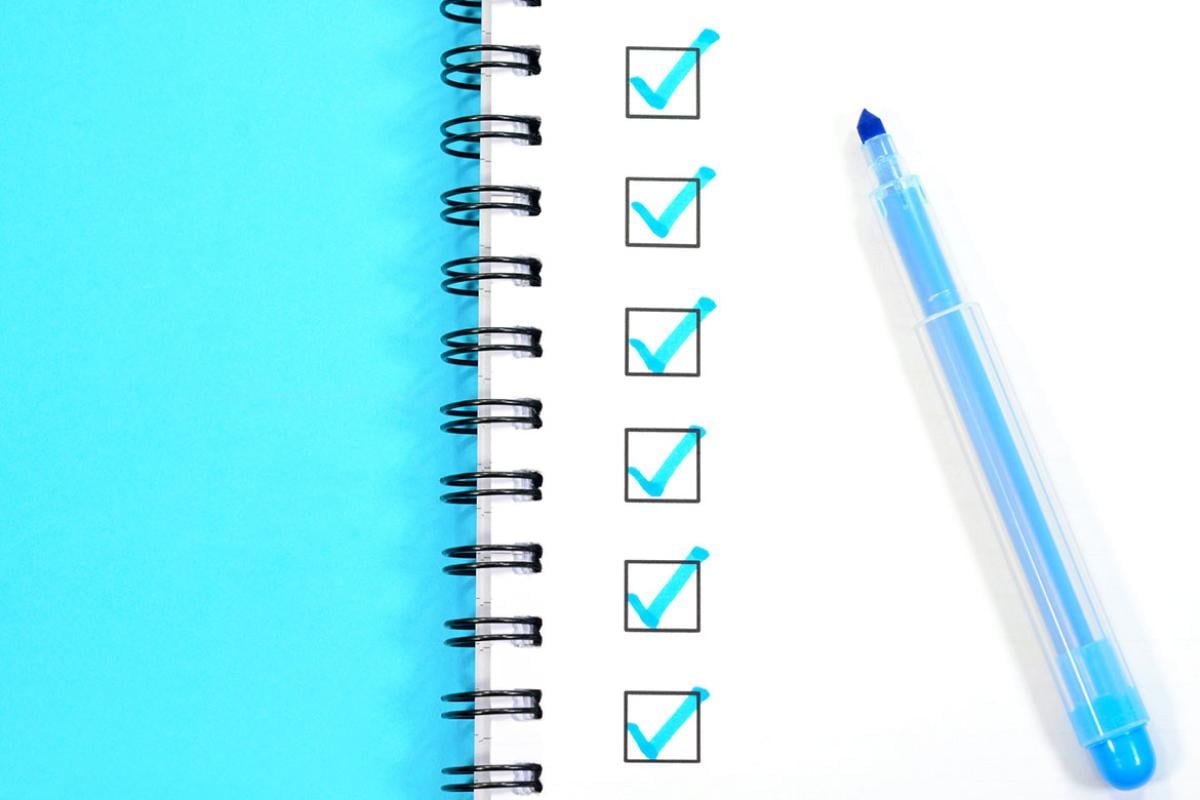If you’re preparing for the United States Medical Licensing Examination® (USMLE®) Step 1 exam, you might want to know which questions are most often missed by test-prep takers. Check out this example from Kaplan Medical, and read an expert explanation of the answer. Also check out all posts in this series.
This month’s stumper
A 62-year-old woman with a history of arthritis comes to the physician for follow-up examination. Physical examination of the hands shows decreased range of motion bilaterally and marked ulnar deviation of the fingers. An x-ray shows joint erosions. She tells the physician that she recently had seven dental caries filled, which was unusual, because she has had very few dental problems in the past. Physical examination shows asymmetrical bilateral parotid gland enlargement.
Which of the following serum markers is most likely to be found in this patient?
A. Anticentromere antibodies.
B. Anti-ds DNA.
C. Anti-La antibodies.
D. Antimicrosomal antibodies.
E. p-ANCA.
The correct answer is C.
Kaplan Medical explains why
Anti-La antibodies are indicative of Sjögren syndrome, which classically presents with keratoconjunctivitis (dry eyes) and xerostomia (dry mouth). These symptoms are due to autoimmune involvement with subsequent scarring of the salivary and lacrimal glands. Lack of saliva and tear production can result in a number of sequelae including dental caries, oral ulceration, dysphagia and corneal ulceration. Parotid gland enlargement, due to inflammation, is also common. A complication of this disease is lymphoma, as with other autoimmune conditions.
Our patient also shows bilateral joint stiffness, ulnar deviation, and evidence of joint erosion. These are all signs of rheumatoid arthritis, which can coexist with a variety of autoimmune diseases (including those listed in the answers), but is most frequently associated with Sjögren syndrome. Rheumatoid factor (RF) would also be present. The stiffness in patients with inflammatory joint disease is usually worst in the morning and improves with activity.
There are two markers (antibodies) associated with Sjögren syndrome: SS-A (Ro) and SS-B (La). These are both autoantibodies against ribonucleoproteins, with SS-B being more specific (70 percent) for diagnosis.
Why the other answers are wrong
Choice A: Anticentromere antibodies are present in CREST syndrome (limited scleroderma), which is manifested by calcinosis, Raynaud phenomenon (digital vasoconstriction in response to cold temperatures), esophageal dysmotility, sclerodactyly and telangiectasias. CREST is not associated with dental caries.
Choice B: Anti-dsDNA is associated with systemic lupus erythematosus (SLE), which is an autoimmune disease characterized by vasculitis, rash, renal disease, hemolytic anemia, and neurologic disturbances. SLE patients may also have arthralgias, but would not have parotid gland involvement.
Choice D: Antimicrosomal antibodies are associated with Hashimoto thyroiditis, an autoimmune disorder that results in hypothyroidism. It is not related to parotid gland involvement or the development of dental caries.
Choice E: p-ANCA is associated with microscopic polyangiitis, a systemic necrotizing vasculitis (fibrinoid necrosis) of small arteries that classically involves the kidneys and lungs. It is not related to the development of dental caries. p-ANCA can also be found in Churg-Strauss syndrome (vasculitis with eosinophilia and asthma) and ulcerative colitis.
Tips to remember
- Sjögren syndrome: Autoimmune attack against salivary and lacrimal glands.
- Associated with keratoconjunctivitis, corneal ulcers, dental caries, dysphagia, and oral ulcers because of the dry eyes and mouth.
- Associated with rheumatoid arthritis.
- Associated with SS-B (La) and SS-A (Ro) antibodies.
For more prep questions on USMLE Steps 1, 2 and 3, view other posts in this series.
The AMA and Kaplan have teamed up to support you in reaching your goal of passing the USMLE® or COMLEX-USA®. If you're looking for additional resources, Kaplan provides free access to tools for pre-clinical studies, including Kaplan’s Lecture Notes series, Integrated Vignettes, Shelf Prep and more.



